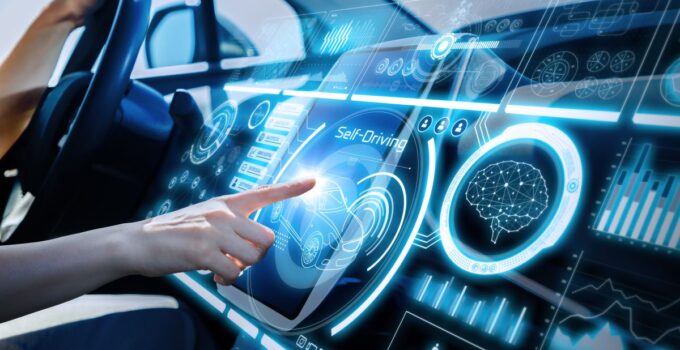The automotive industry is on the cusp of a technological revolution, with advances in connectivity, safety, and convenience reshaping what it means to drive. Here are 18 features we can’t wait to see on the roads, backed by research, data, and real-world developments.
1. Full Self-Driving Capabilities
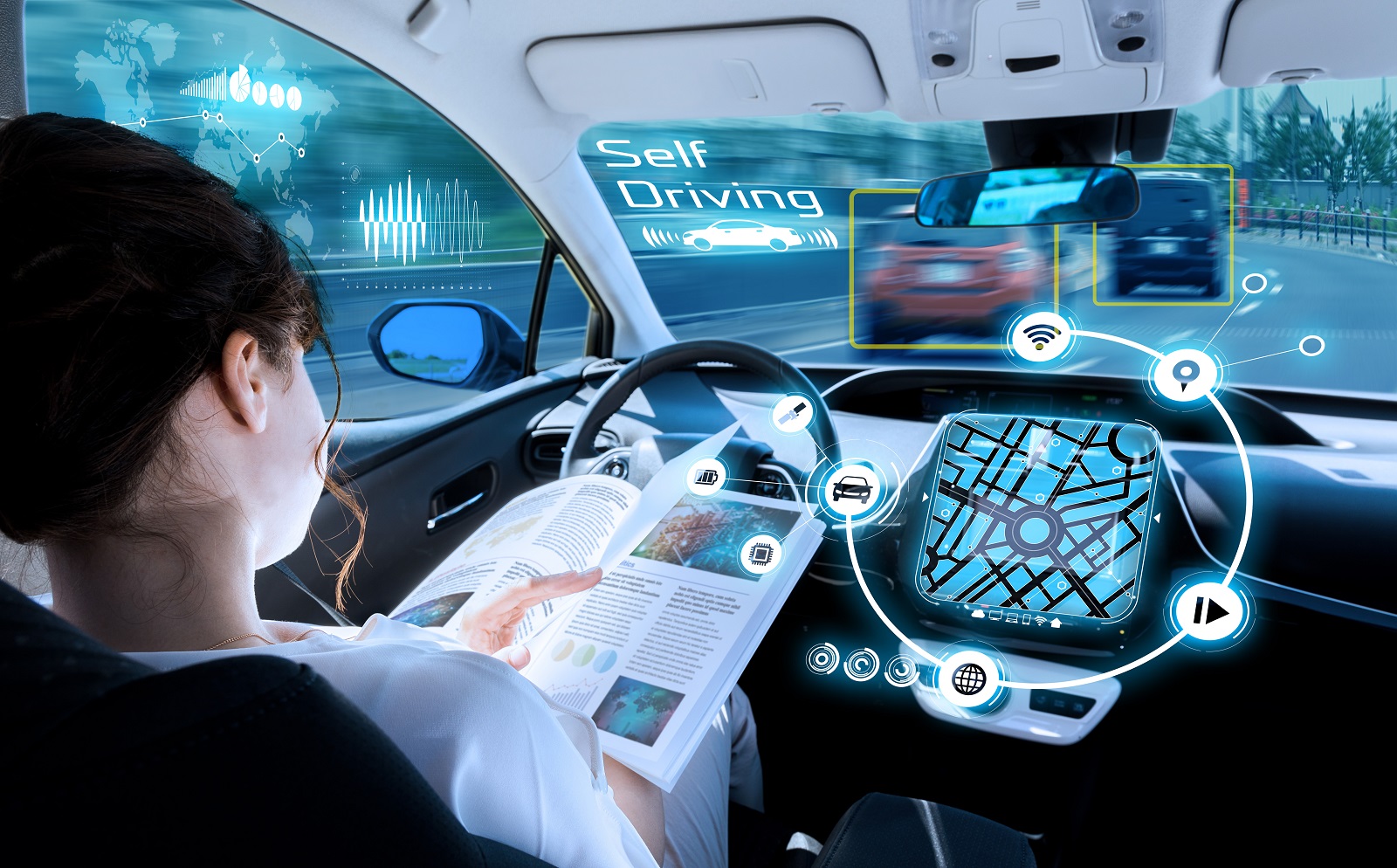
Image Credit: Shutterstock / metamorworks
Tesla, Waymo, and other major players are pushing the envelope on autonomous driving, aiming for full self-driving capabilities in the near future. Tesla’s Full Self-Driving (FSD) software is already in beta testing, with over 400,000 vehicles equipped with FSD as of late 2023. The technology promises to reduce accidents, increase convenience, and transform our relationship with cars.
2. Vehicle-to-Everything (V2X) Communication

Image Credit: Shutterstock / metamorworks
V2X technology will allow vehicles to communicate with each other, infrastructure, and even pedestrians. This real-time data sharing is expected to reduce accidents and traffic congestion by up to 80%, according to a study by the U.S. Department of Transportation. Automakers like Audi and Ford are already testing V2X systems in select cities, laying the groundwork for widespread adoption.
3. Augmented Reality Dashboards
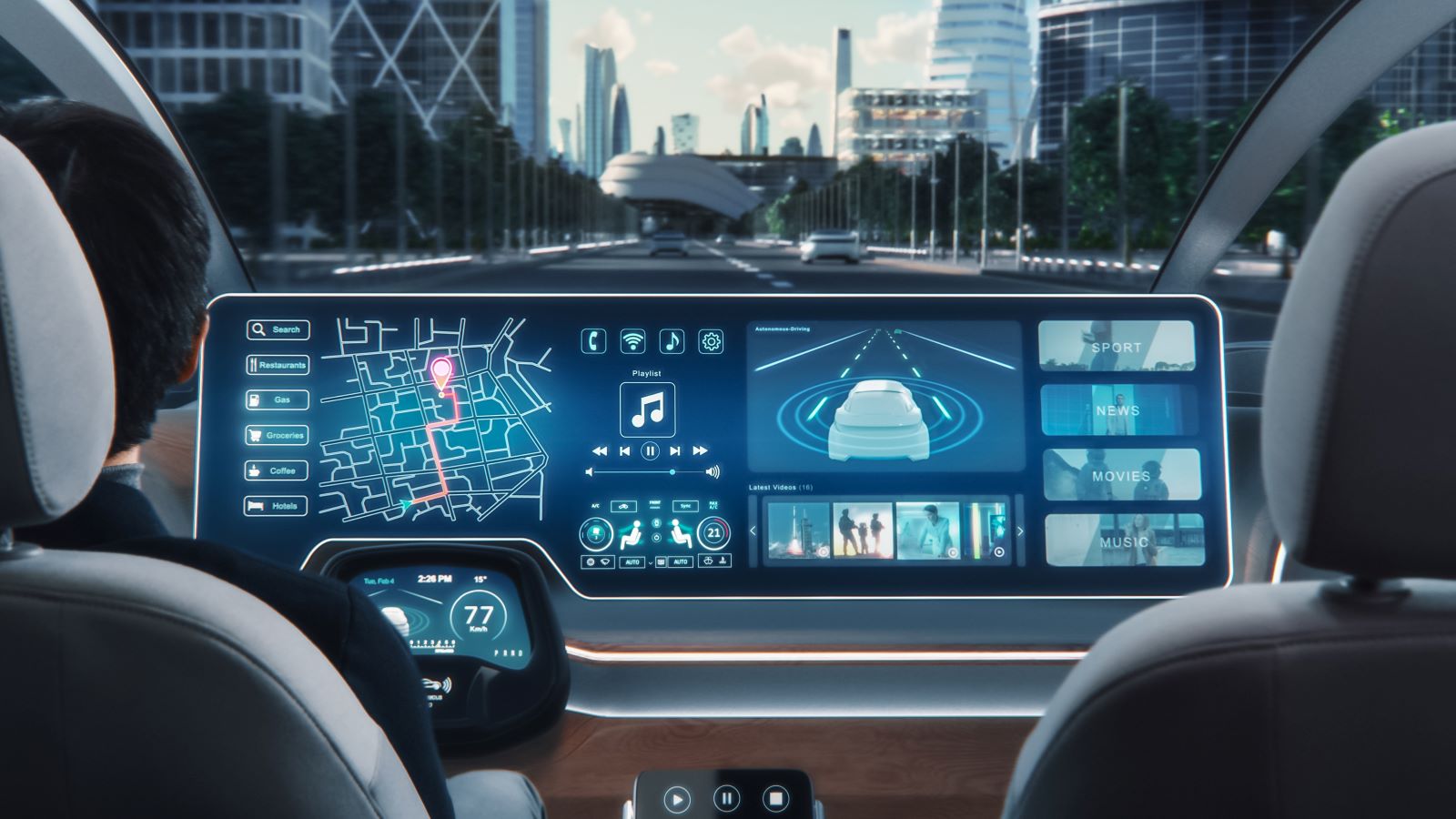
Image Credit: Shutterstock / Gorodenkoff
AR dashboards will overlay critical information directly onto the windshield, making it easier to stay informed without taking your eyes off the road. BMW has introduced this feature in concept cars, showing navigation, speed, and hazard warnings projected in your line of sight. According to Statista, the AR market in automotive is expected to grow to $7 billion by 2027.
4. Biometric Access and Customization

Image Credit: Shutterstock / Bilanol
Say goodbye to car keys. Biometric access systems, using facial recognition, fingerprints, or even iris scans, will become the standard for unlocking and starting your car. Hyundai has already introduced fingerprint recognition in its Santa Fe model, allowing drivers to start the car and adjust settings based on their personal preferences. Market reports predict that biometric access in cars will grow at a CAGR of 19% by 2030.
5. Advanced Driver Monitoring Systems (DMS)

Image Credit: Shutterstock / Tada Images
Driver Monitoring Systems will track eye movement, head position, and even heart rate to ensure drivers remain alert. Companies like Toyota and Cadillac are integrating DMS into their latest vehicles, with Cadillac’s Super Cruise using eye-tracking to ensure the driver is paying attention when the semi-autonomous system is engaged. Research indicates that these systems could reduce drowsy driving-related accidents by 30%.
6. Solid-State Batteries
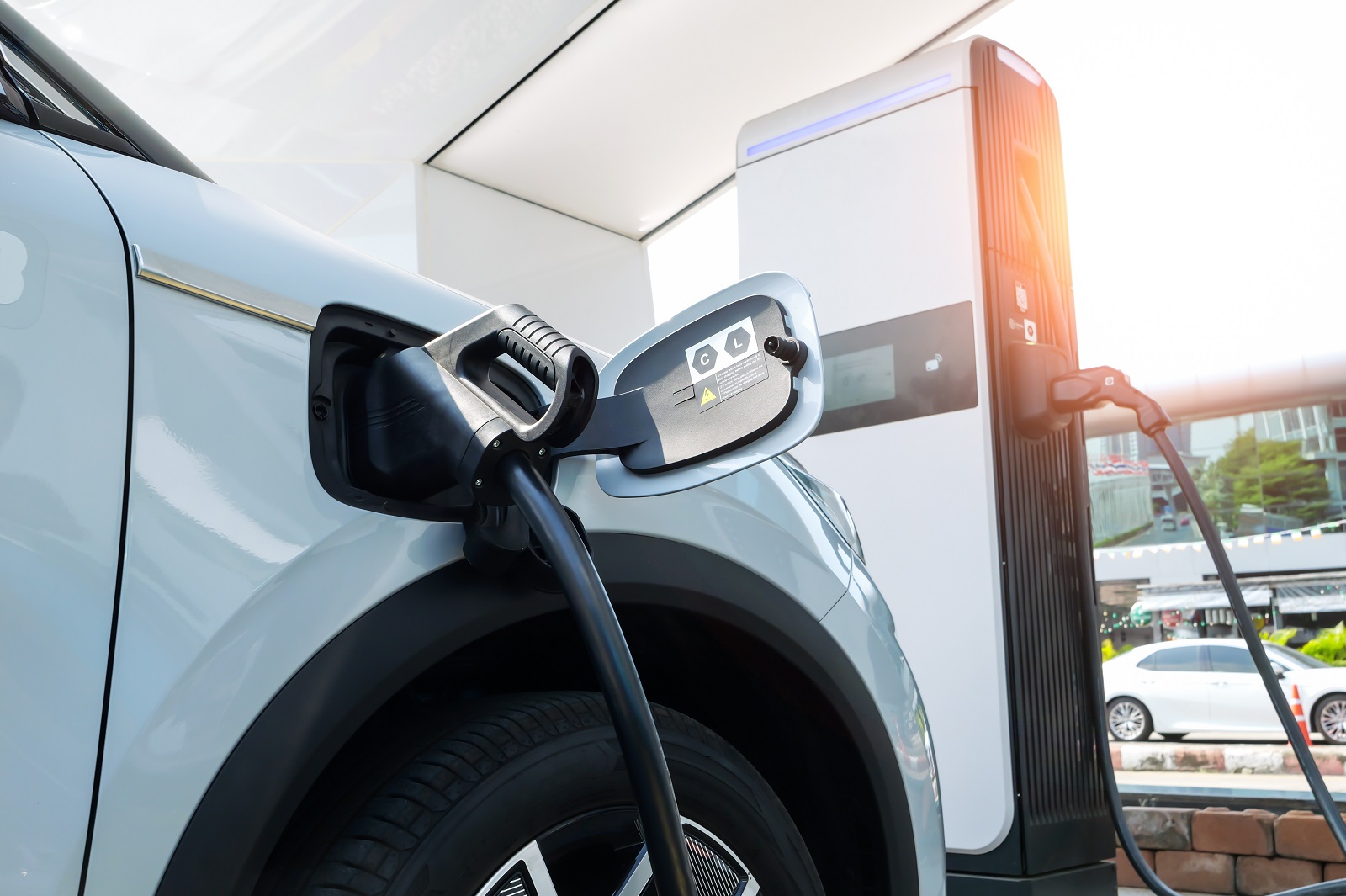
Image Credit: Shutterstock / JC_STOCKER
The next leap in electric vehicle (EV) technology is solid-state batteries, which promise faster charging times, longer ranges, and improved safety over current lithium-ion batteries. Toyota plans to introduce solid-state batteries by 2027, which could offer a range of 600 miles on a single charge and cut charging times to just 10 minutes.
7. Solar-Powered Vehicles

Image Credit: Shutterstock / aslysun
Imagine charging your car while you’re driving. Companies like and Lightyear are working on solar-powered EVs that can harness sunlight to extend driving range. Lightyear’s solar car, the Lightyear 0, can reportedly add up to 40 miles of range per day purely from solar energy. Though still in its infancy, this technology could drastically reduce the reliance on charging stations in the future.
8. Wireless EV Charging
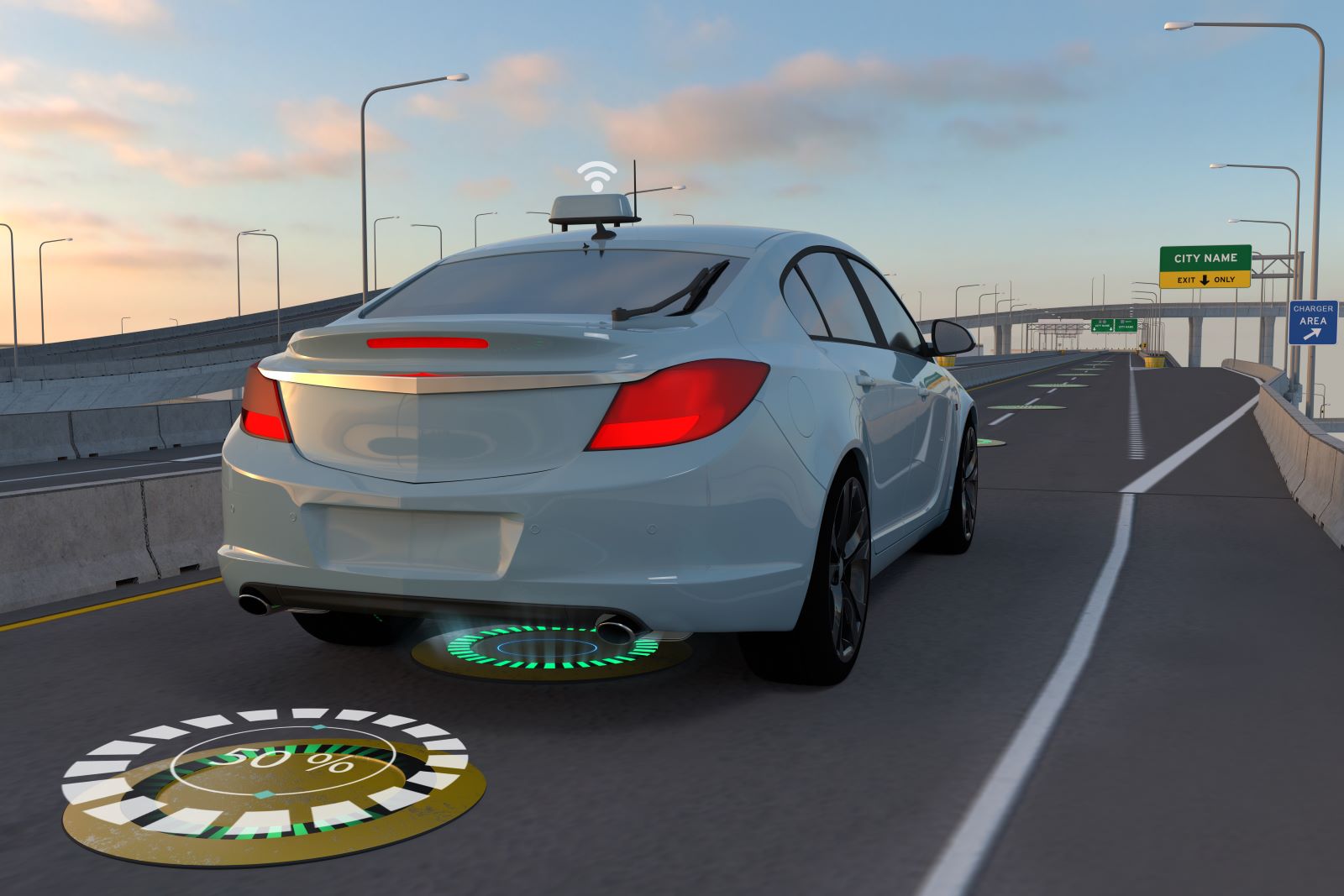
Image Credit: Shutterstock / Suwin66
Wireless charging pads for EVs will eliminate the need for plugging in. Companies like WiTricity and Momentum Dynamics are leading the charge (literally) in developing this technology, which works similarly to wireless phone chargers. Mercedes-Benz plans to offer wireless charging on its EQS model by 2024, allowing drivers to charge by simply parking over a special pad.
9. Active Health Monitoring

Image Credit: Shutterstock / Vered Barequet
Your car could soon monitor your health as well as your driving. Companies like Mercedes-Benz and BMW are exploring technology that can track your vital signs, such as heart rate and stress levels, through sensors in the seats and steering wheel. According to Deloitte, the automotive health monitoring market could reach $35 billion by 2030, with features like automatic emergency services being dispatched in the event of a medical emergency.
10. Hydrogen Fuel Cell Technology
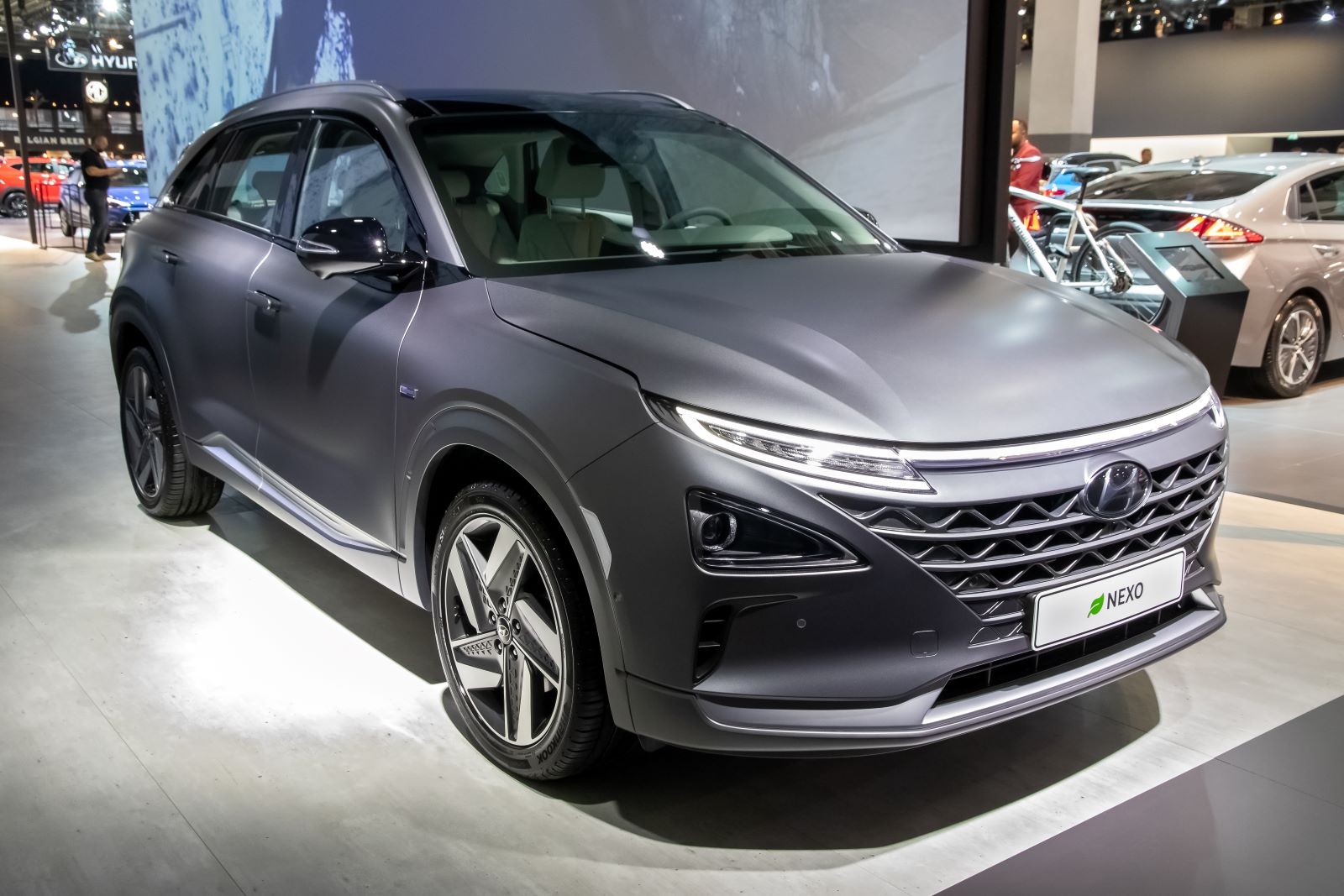
Image Credit: Shutterstock / VanderWolf Images
Hydrogen-powered vehicles are seen as a potential alternative to electric cars, especially for long-range driving and commercial vehicles. Toyota and Hyundai are leading the way with models like the Toyota Mirai and Hyundai Nexo, both of which run on hydrogen. With refueling times comparable to gasoline and ranges exceeding 300 miles, hydrogen fuel cells could revolutionize clean energy transportation.
11. In-Car Virtual Assistants
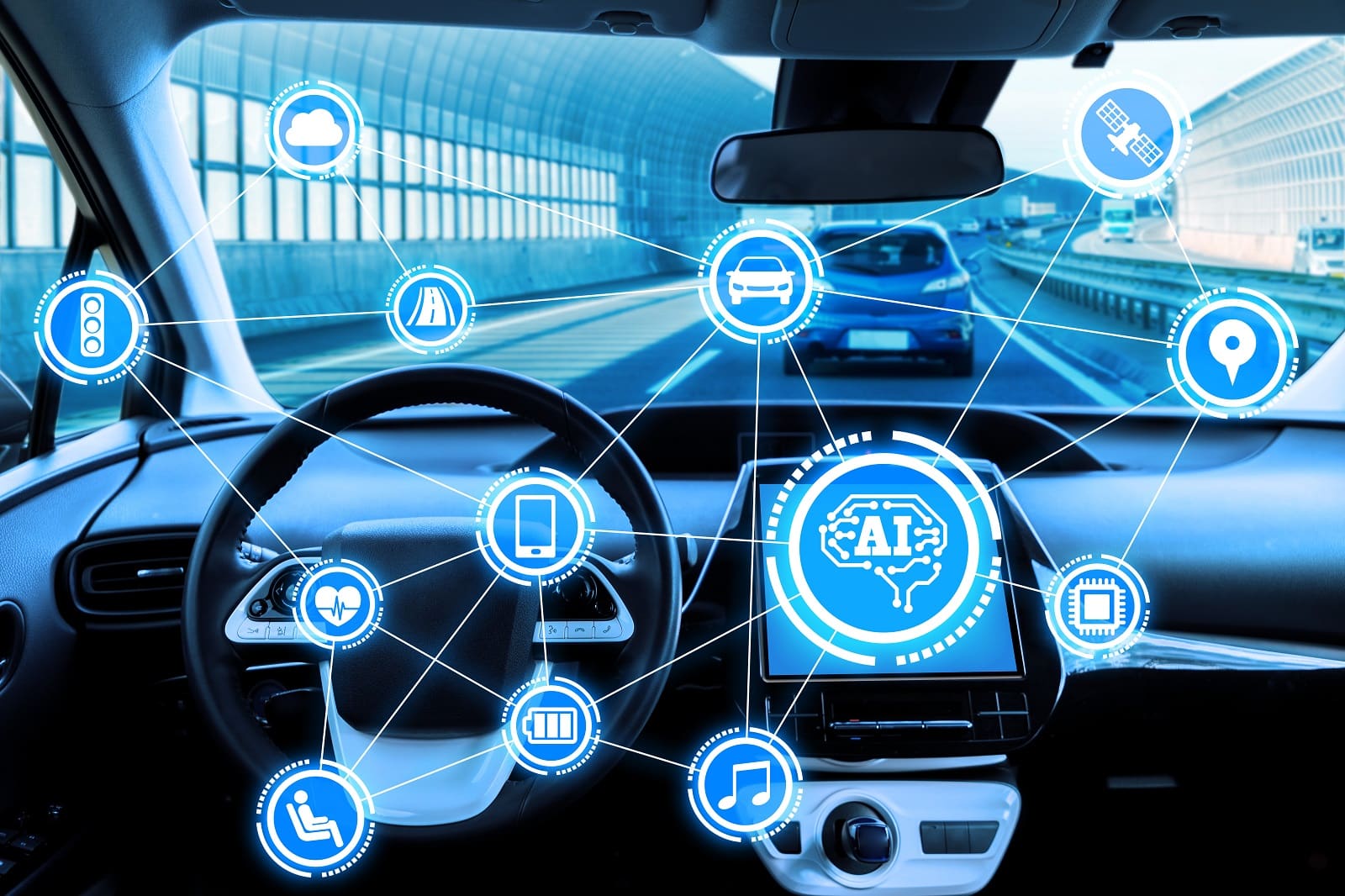
Image Credit: Shutterstock / metamorworks
The next evolution of voice-activated technology will be fully integrated AI-driven virtual assistants that manage everything from navigation to in-car entertainment. Amazon’s Alexa and Google Assistant are already making their way into vehicles, and automakers are developing their own versions. BMW’s Intelligent Personal Assistant, for example, allows drivers to control nearly every function of the car with voice commands, from adjusting the climate control to scheduling maintenance.
12. Advanced Autonomous Parking
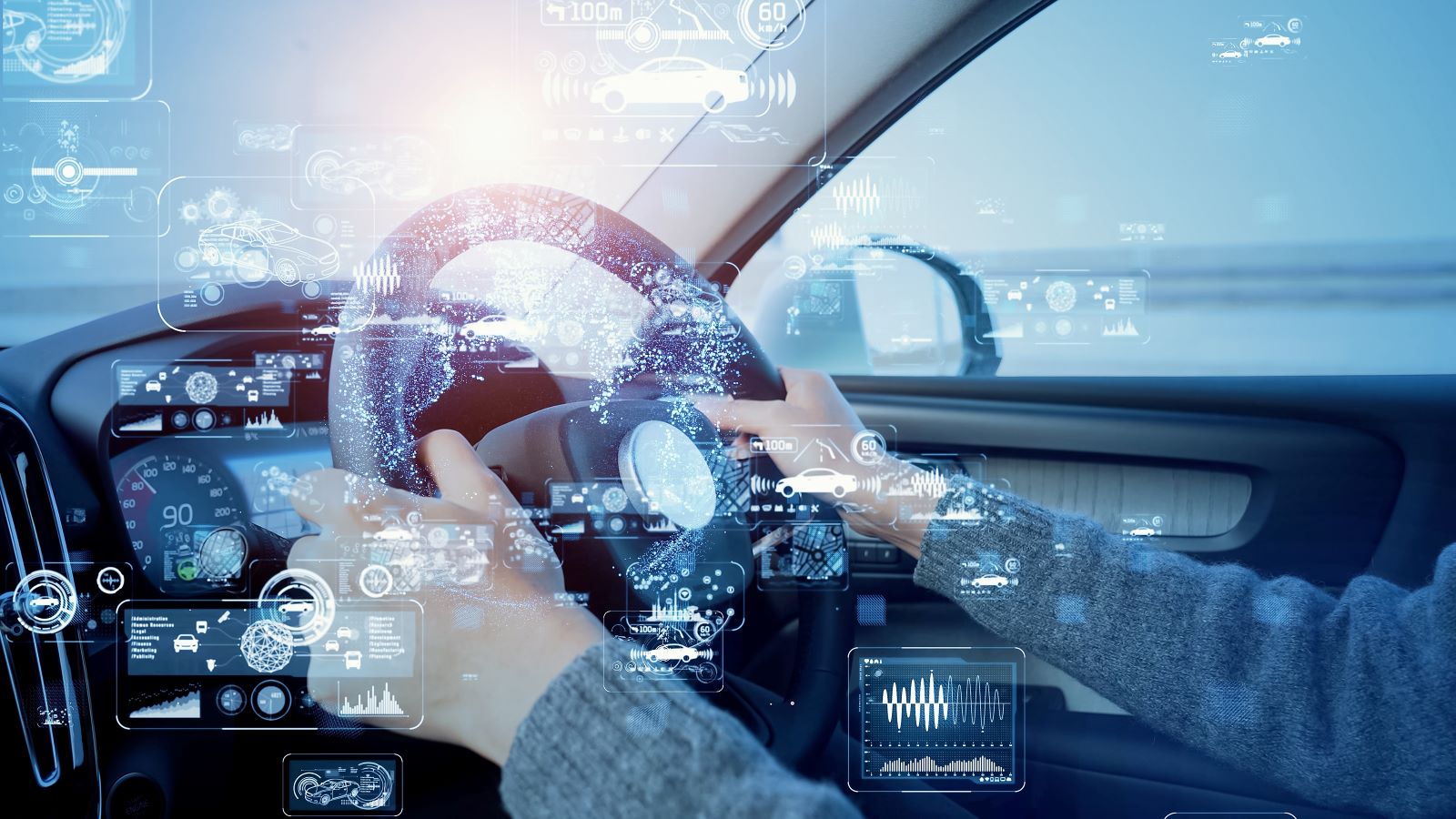
Image Credit: Shutterstock / metamorworks
Parking could soon be entirely hands-free. BMW and Tesla are working on fully autonomous parking systems that can find a spot, park your car, and even retrieve it when you’re ready to leave—all without you needing to be inside the vehicle. Bosch and Daimler have partnered on an automated valet parking system currently being tested in Germany, which can drastically reduce parking lot congestion and stress.
13. Predictive Maintenance Systems
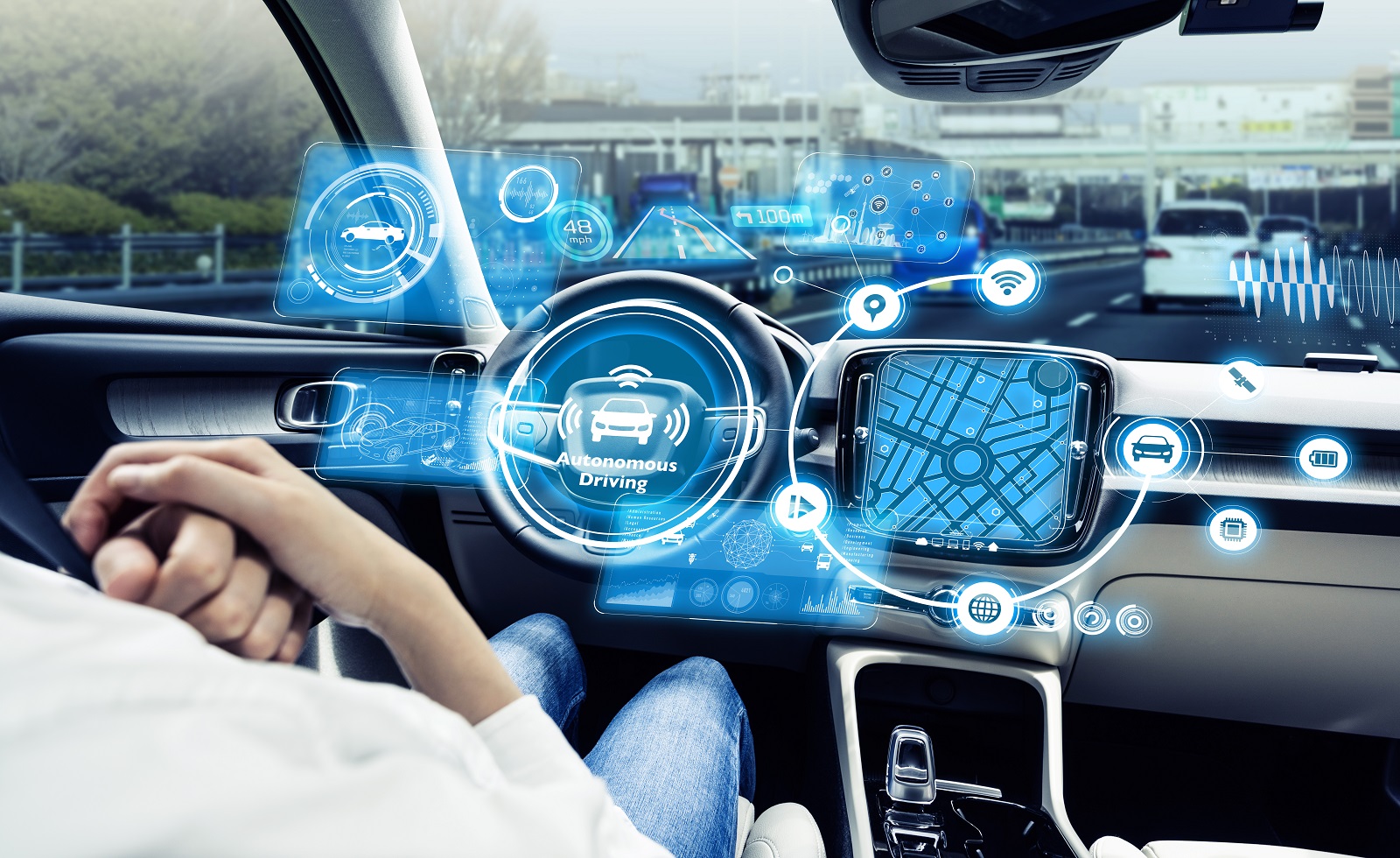
Image Credit: Shutterstock / metamorworks
Say goodbye to unexpected breakdowns. Predictive maintenance systems use AI and real-time data to anticipate when a part will fail, allowing for repairs before anything goes wrong. Tesla, for example, already uses over-the-air updates and data analysis to predict issues, and GM’s OnStar now offers a similar service. According to McKinsey, predictive maintenance could save drivers up to $500 annually in repair costs.
14. Interactive Heads-Up Displays (HUDs)
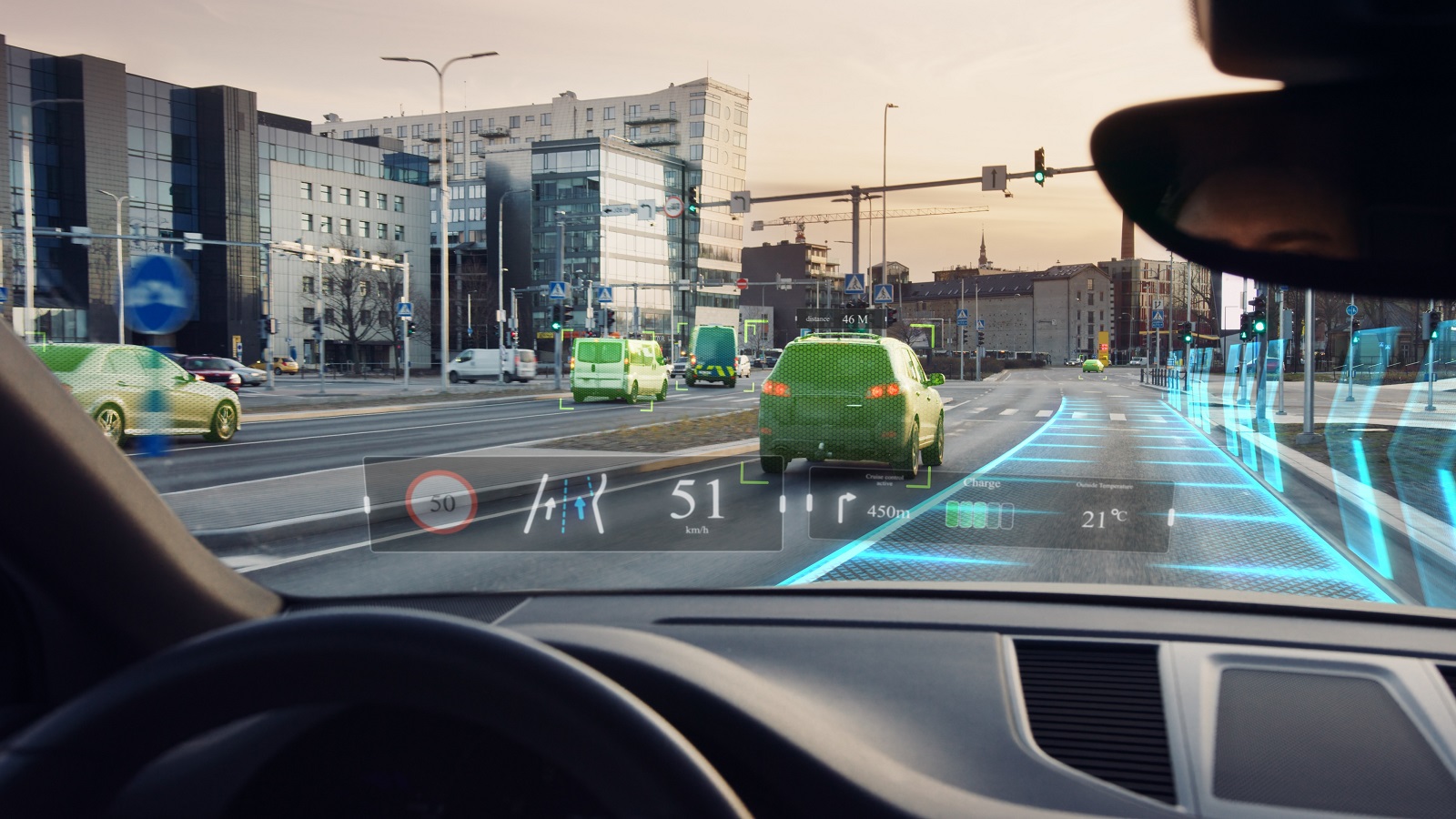
Image Credit: Shutterstock / Gorodenkoff
HUDs are becoming more advanced, providing drivers with real-time information, such as navigation, vehicle speed, and even potential hazards, all projected onto the windshield. The new 2024 Cadillac Lyriq features an augmented reality HUD, which overlays navigation directions directly onto the road ahead, making it easier for drivers to navigate complex routes.
15. Remote Vehicle Software Updates
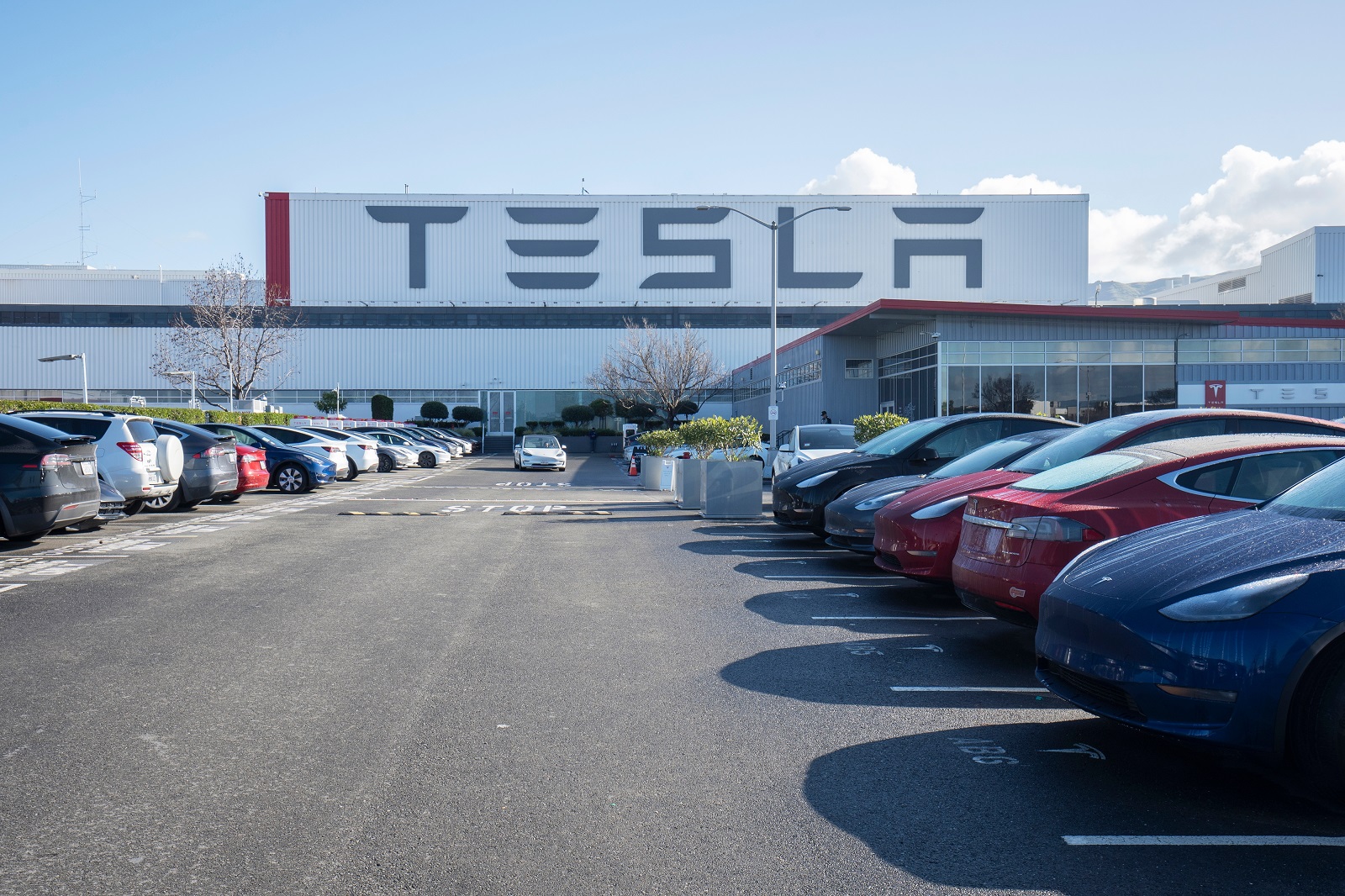
Image Credit: Shutterstock / Tada Images
Over-the-air software updates are becoming a must-have for modern vehicles. Tesla pioneered this feature, allowing owners to receive new features and improvements without visiting a dealership. Ford has followed suit with its Mach-E and F-150 Lightning models. By 2025, most new vehicles are expected to offer OTA updates, reducing maintenance costs and keeping your car’s tech current.
16. Reconfigurable Interiors
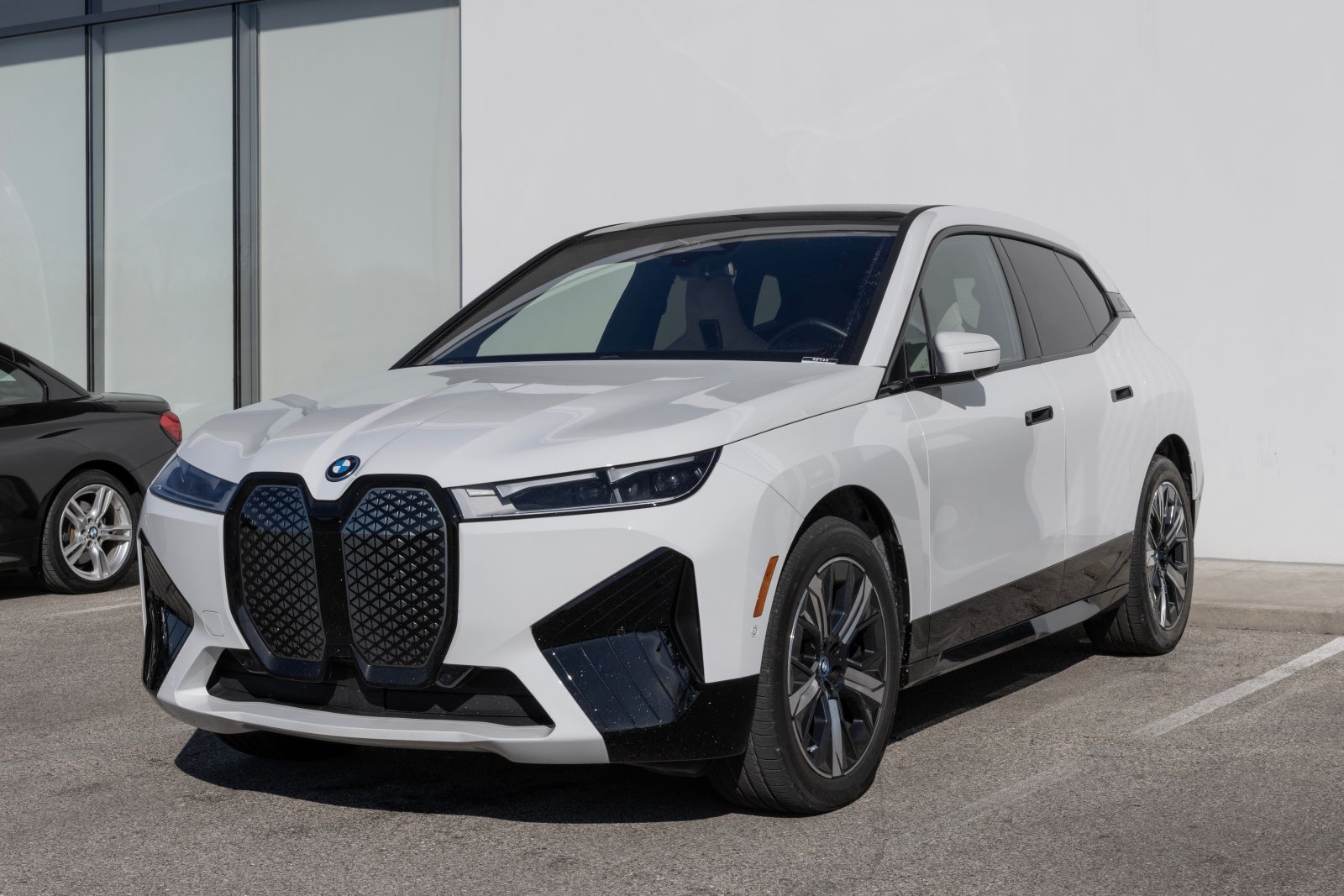
Image Credit: Shutterstock / Jonathan Weiss
Future cars could have interiors that adjust to your needs. Autonomous vehicles will likely lead the charge in this area, with interiors that can transform from a traditional driving layout to a mobile office or even a lounge-like space. BMW’s iX Flow concept vehicle showcased this with adaptable seating arrangements, and General Motors envisions similar features in its upcoming autonomous EV models.
17. Personalized Driving Profiles
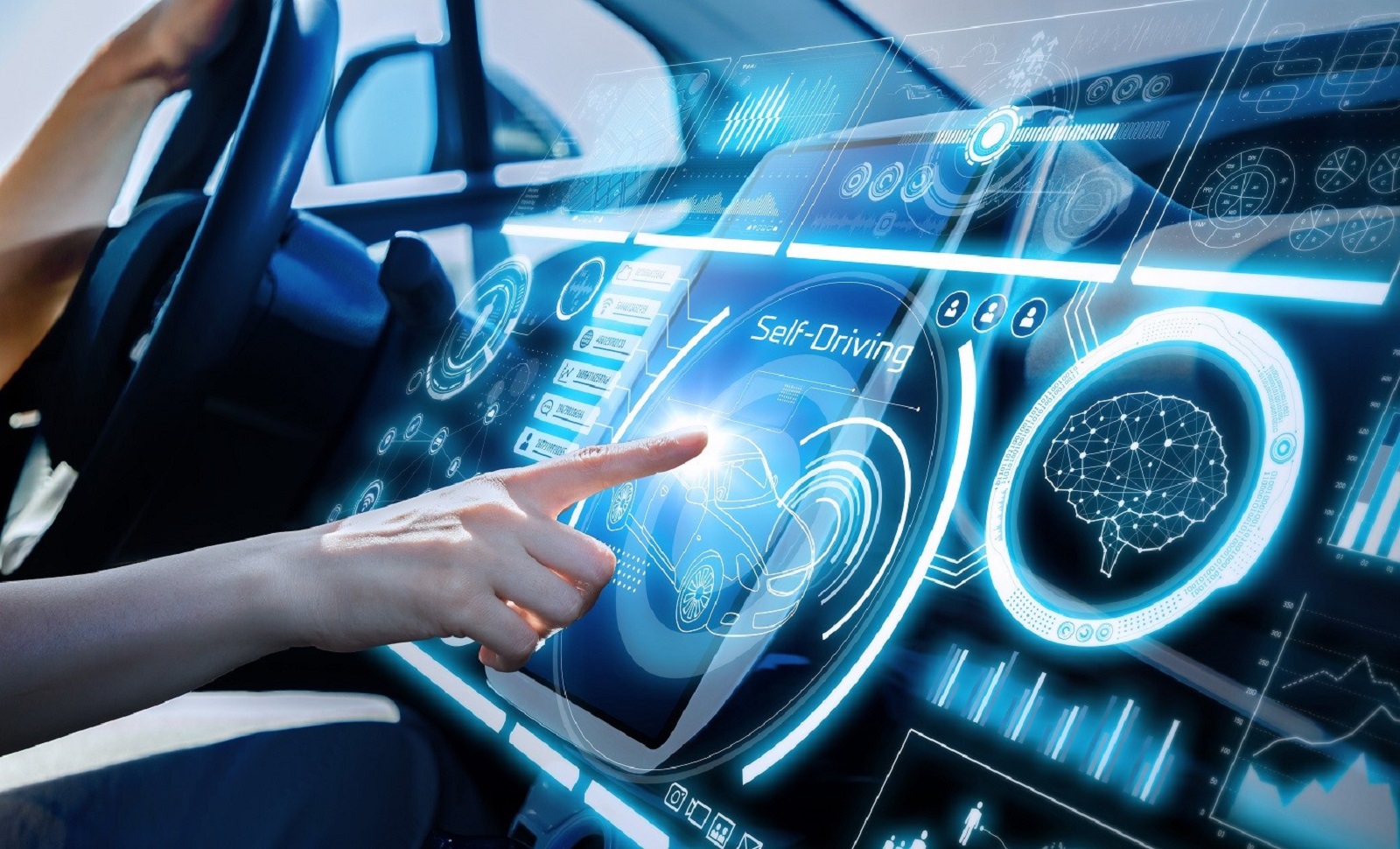
Image Credit: Shutterstock / metamorworks
Imagine a car that adapts to your preferences automatically. Personalized driving profiles will allow cars to adjust seat positions, climate control, audio settings, and even driving styles based on who is behind the wheel. Tesla and Volvo already offer basic versions of this, but as AI advances, these systems will become more intuitive and customizable, learning your habits and preferences over time.
18. Flying Cars
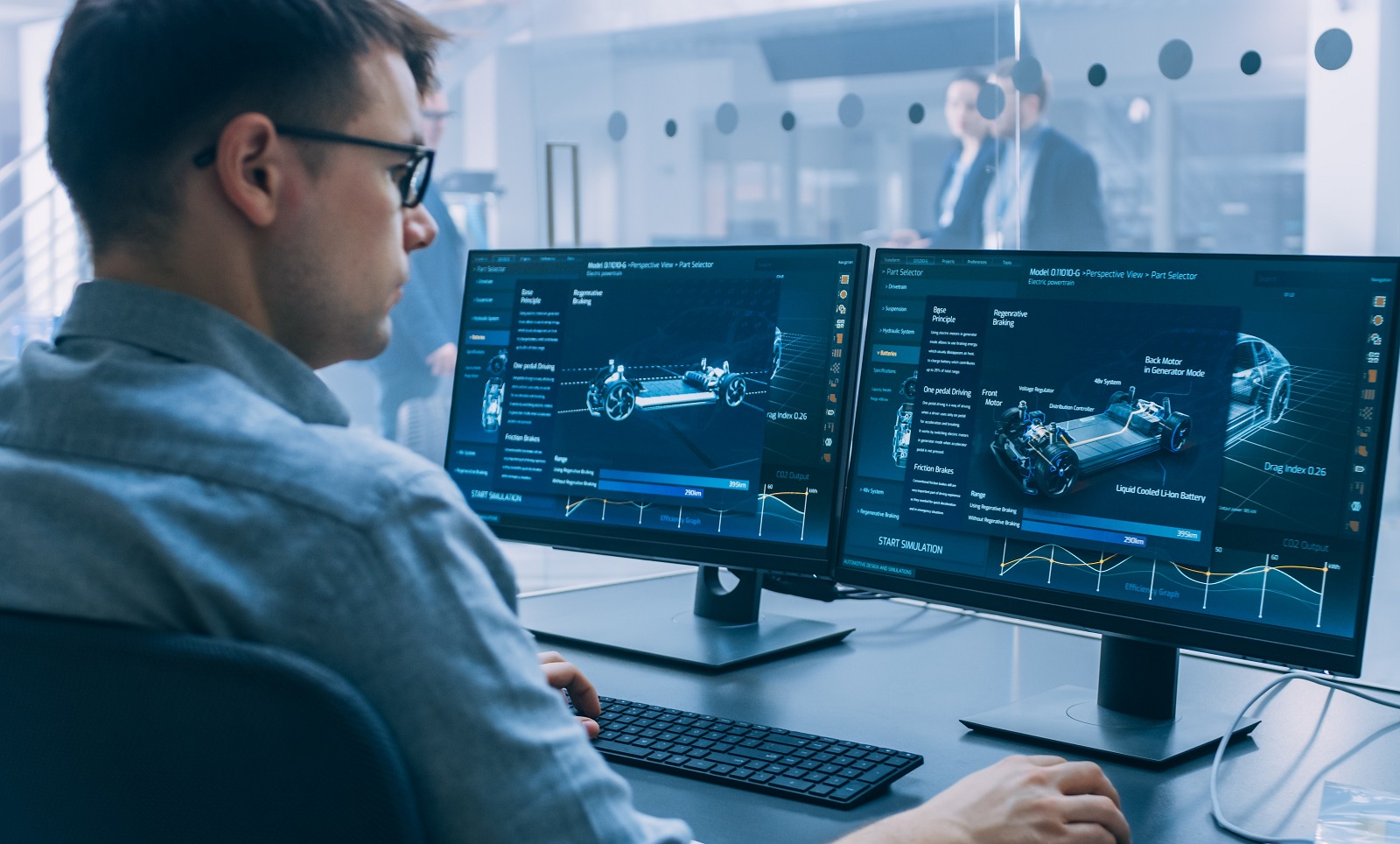
Image Credit: Shutterstock / Gorodenkoff
While it may sound like science fiction, flying cars are becoming a reality. Companies like Terrafugia and AeroMobil are developing prototypes, with plans for commercial availability in the next decade. Terrafugia’s Transition, a roadable aircraft, is expected to be available by 2025, offering a glimpse into a future where traffic jams are a thing of the past. Though still in the early stages, the flying car market could reach $1.5 trillion by 2040, according to Morgan Stanley.
The Road Ahead
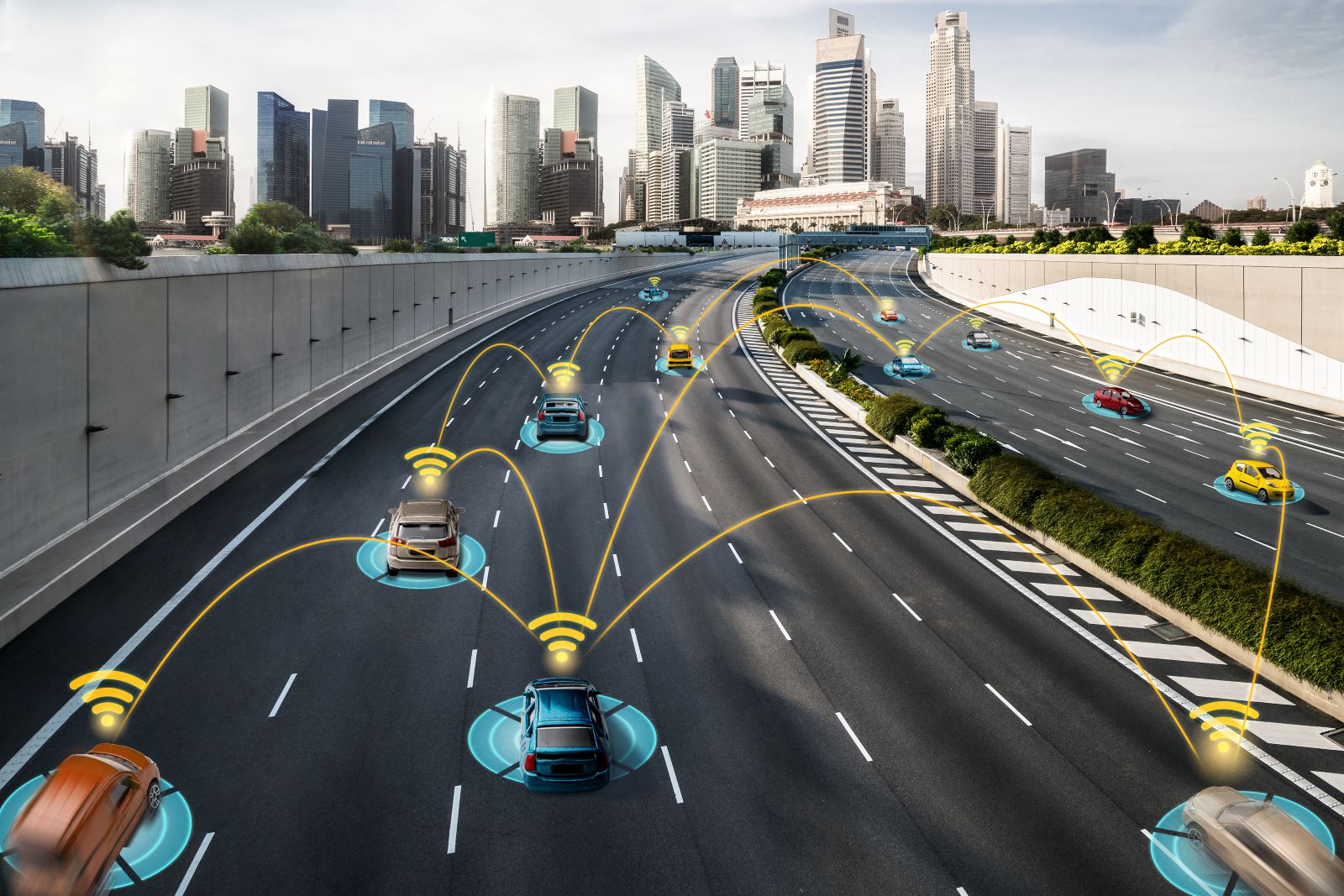
Image Credit: Shutterstock / Summit Art Creations
While some of these features are just around the corner, others may take a bit longer to arrive, but one thing is clear: the future of driving will be like nothing we’ve seen before.
Police Magnet: 7 Cars That Guarantee You’ll Get Pulled Over

Image Credit: Shutterstock / sirtravelalot
Driving certain cars can make you more noticeable to law enforcement, even if you’re abiding by all the rules. Are you driving one of these “police magnets”? Here are seven cars that seem to attract more police attention than others. Police Magnet: 7 Cars That Guarantee You’ll Get Pulled Over
The Classic Cars That Were Total Clunkers
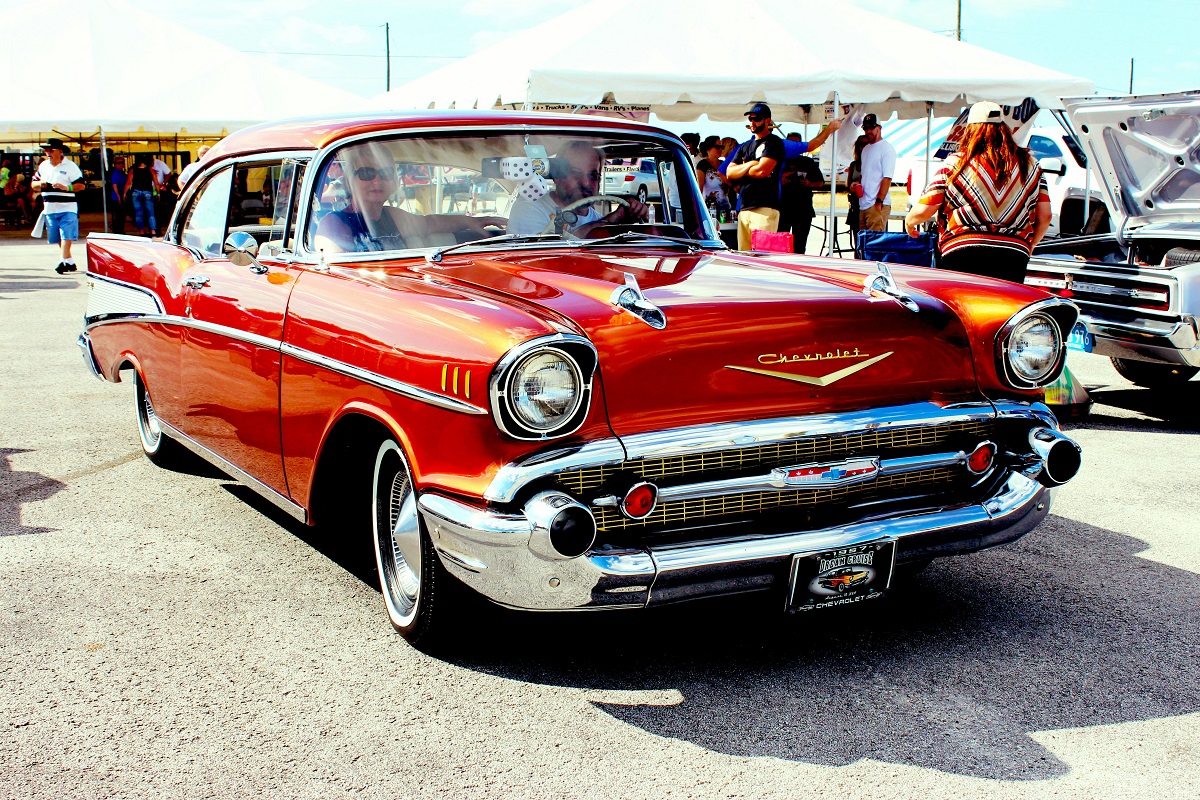
Image Credit: Pexels / Pixabay
Nostalgia has a funny way of making the past seem better than it was, especially when it comes to cars. But here’s the hard truth: some of those “classic” cars your dad raves about were real clunkers. Here’s a closer look at why some of those so-called “classics” weren’t all they were cracked up to be. The Classic Cars That Were Total Clunkers
The Worst U.S. Cars Ever Made: A Retro List

Image Credit: Pexels / Be The Observer
The U.S. auto industry has produced some incredible vehicles, but not every model was a hit. Here’s a look back at 16 of the worst cars ever made in the U.S., each infamous for its own unique flaws. The Worst U.S. Cars Ever Made: A Retro List
Featured Image Credit: Shutterstock / metamorworks.
The content of this article is for informational purposes only and does not constitute or replace professional advice.
The images used are for illustrative purposes only and may not represent the actual people or places mentioned in the article.
For transparency, this content was partly developed with AI assistance and carefully curated by an experienced editor to be informative and ensure accuracy.
